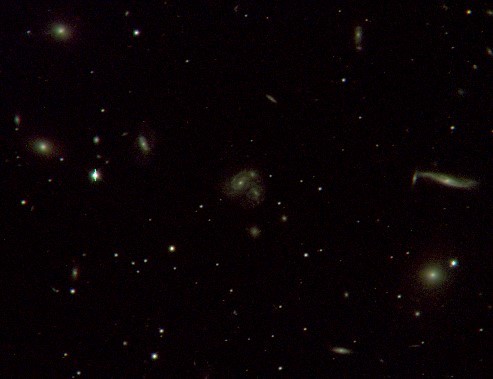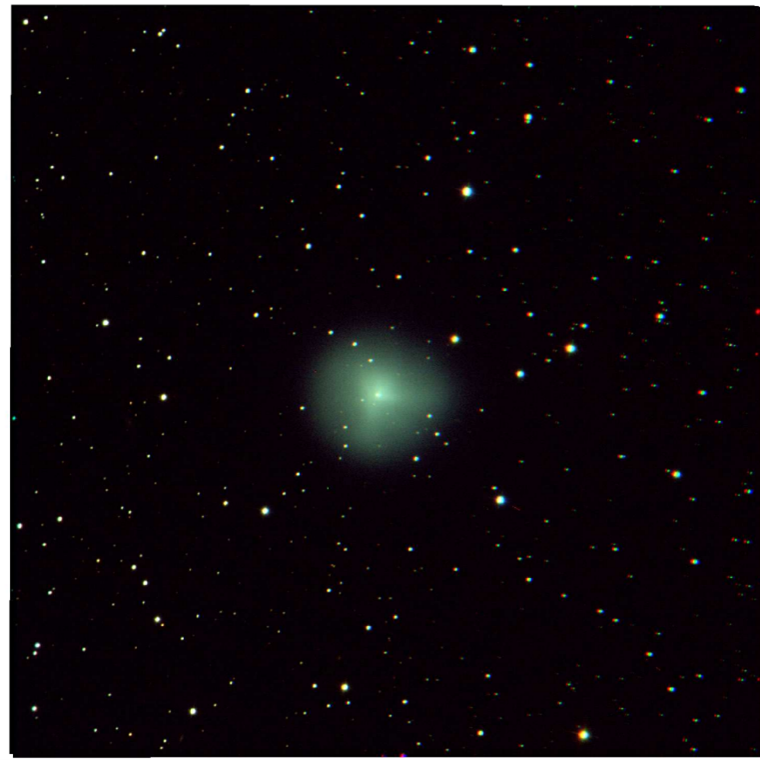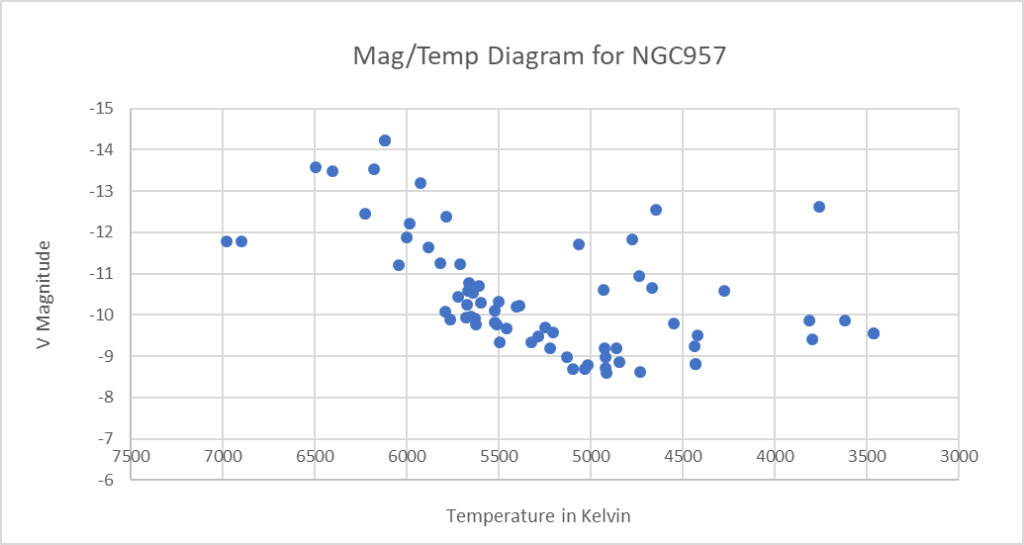-
Faulkes Telescope Project Privacy Policy
“The best telescope I have looked through”
By Dimitrios Theodorakis
Interacting Galaxies
During the first term this year, students in the Nottingham High School Astronomy Club and Year 9 used the robotic telescopes to observe galaxies in the process of colliding. Students took new images of interacting galaxies such as M51 and NGC 7318 (part of Stephan’s Quintet) using the real-time interface and the observing portal. This was particularly challenging since many of the galaxies we observed are very faint like NGC 6050 in Figure 1 and require very long exposure times

These images formed the centre of a Year 9 class activity during their Astrophysics topic. The students were given the red, green, and blue FITs files and shown how to create a colour image using an online FITs editor. Students classified the interacting galaxies as about to merge, merged, or already merged!
This facilitated lots of interesting discussions about the Physics behind galaxy mergers, galaxy evolution, and what happens when two black holes collide.
Comets
Last September schools were asked by the Faulkes Telescope Project to observe the Comet 29P/Schwassmann-Wachmann which had suddenly increased in activity, making it much brighter in the night sky. Our students readily accepted this challenge and managed to observe Comet 29P on two occasions using the 2-metre robotic telescope and another Comet (17P) undergoing a similar outburst.
We took this opportunity to learn about comets and made a model comet out of dry ice for our celebrations during World Space Week. Figure 2 shows one of our Comet images taken by our students.

A Level Astrophysics
As part of our Year 13 instruction, some students had the opportunity to use one of the telescopes during our daylight hours. After a few attempts at getting the telescope to face the live webcam the students could see the structure of the telescope was just like they had learnt about in class. Students had the opportunity to observe many of the objects we had been talking about throughout the course.
We then used data from the observatory archives to create our own colour-magnitude diagrams. Figure 3 shows a colour-magnitude diagram where the colour axis has been converted to temperature. Students were able to learn all about photometry and use special software to extract the magnitudes of stars in their chosen open cluster.

The experience of using the telescopes and creating images from them is invaluable for our students. As a Year 9 said “Wow, is that real?”. One of our younger Year 7 students said “The telescope was legendary, it took a beautiful image. It was super precise, allowing us to exactly see galaxies and all their features. The best telescope I have looked through.”
